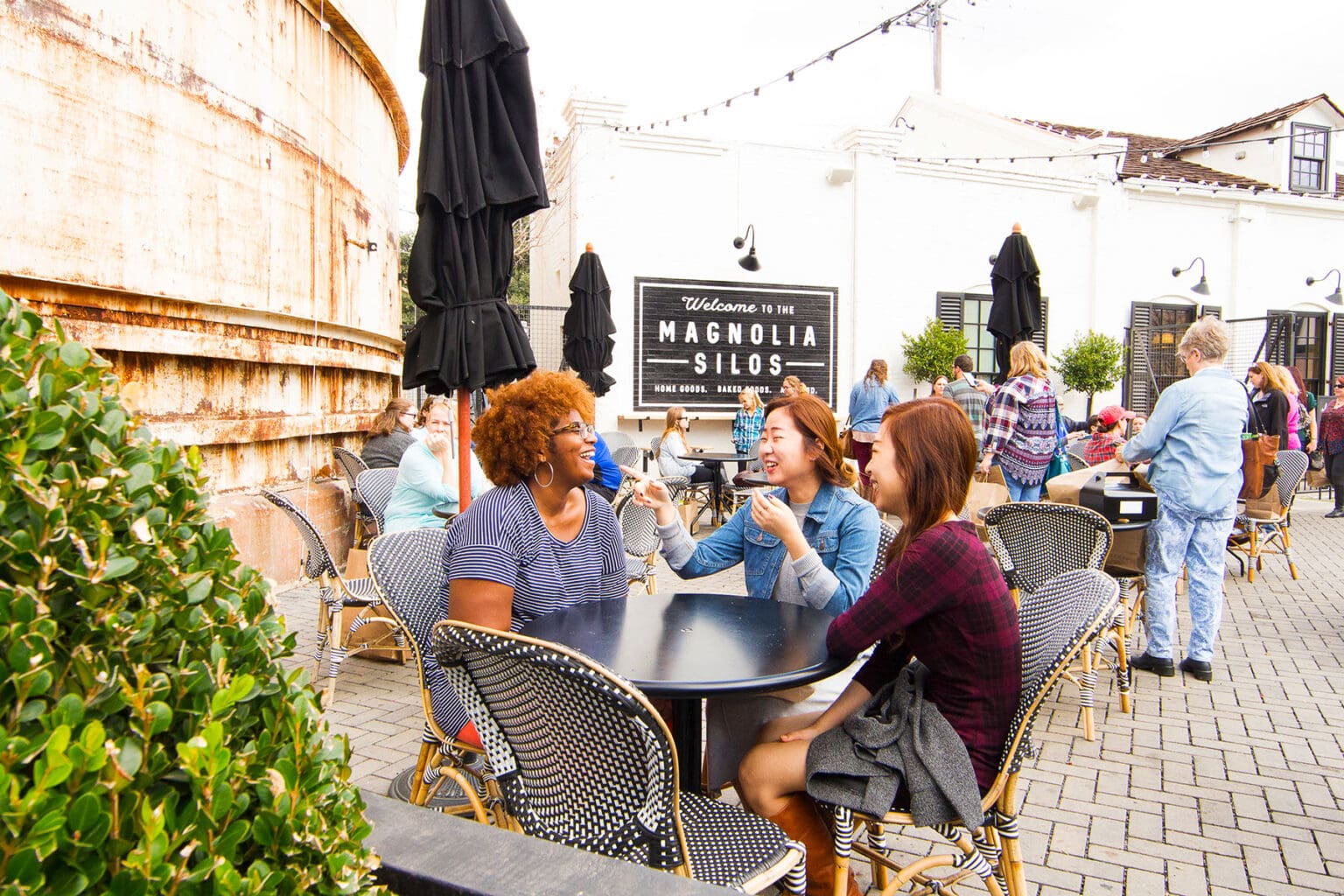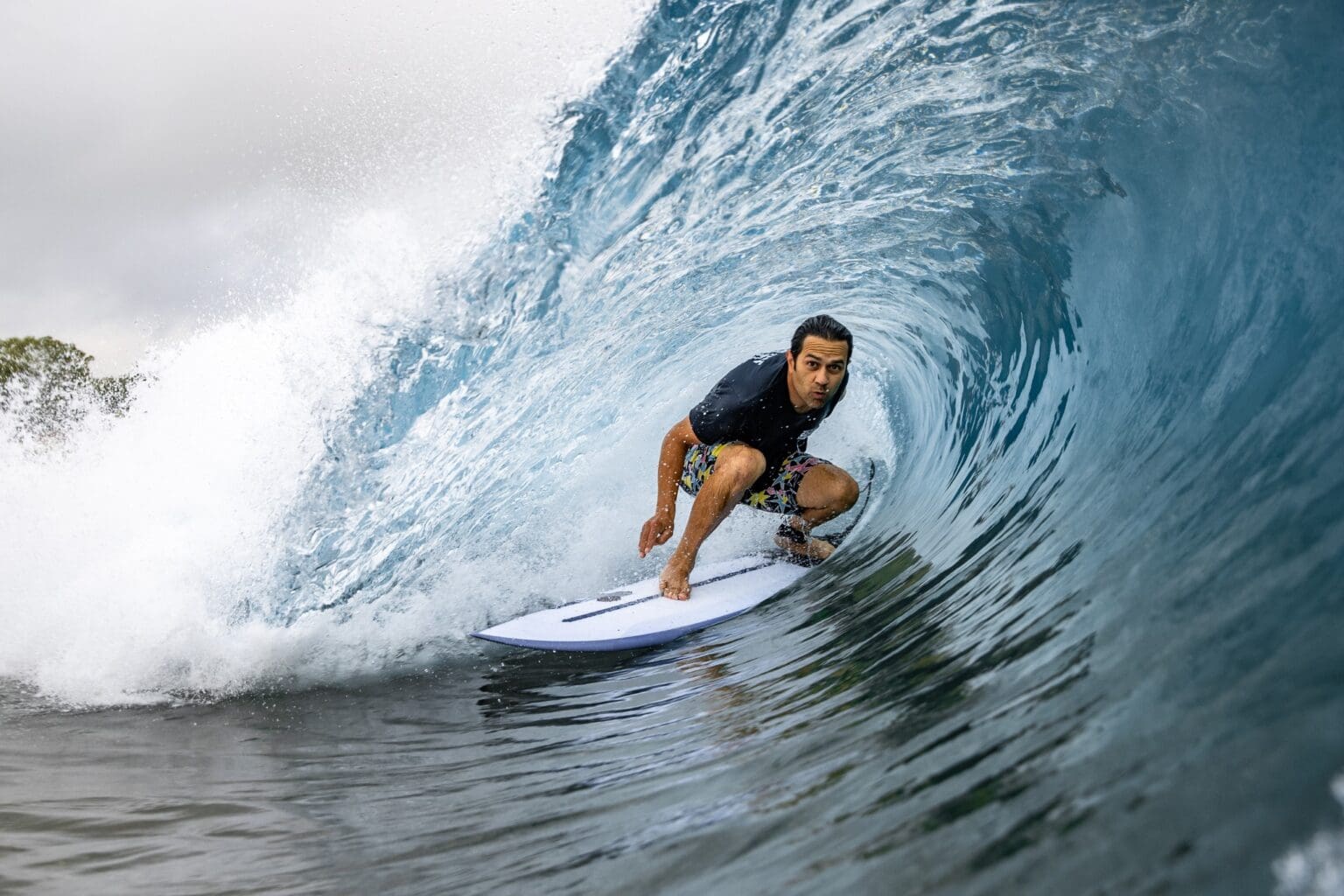W marks the spot!
Waco, Texas has grown to provide top-tier services to organizations and event producers seeking a new, cost-effective location alternative to Dallas, Austin and Houston. Located only 90 minutes from Austin and Dallas, Waco has attracted major events and conferences with the addition of new hotels creating over 3,000 rooms. With multiple large-scale venues such as the Waco Convention Center, Extraco Events Center, and BASE at Extraco Events Center, along with ample hotel meeting space, event organizers are seeing the benefits of hosting conferences and events in Waco.
Waco TPID is pleased to offer a new incentive program to meeting and event planners, filmmakers, sports planners, and other large groups. The program is specifically created to incentivize group or event entities to book guestrooms at Waco TPID member hotels. The WTPID offers a reimbursement per consumed hotel room for new business brought to Waco. The combination of more affordable hotel rates plus an additional bonus through the reimbursement program is a win-win for meeting planner budgets.
Waco TPID
Member Hotels
Major hotel brands including the Hyatt, Hilton, Marriott, IHG, and Holiday Inn, along with affordable inns account for over 3,000 hotel rooms in the Waco Tourism Public Improvement District (WTPID).
A Meeting for Every Venue.
It’s not all business when planning a meeting here, but the creative and comfortable environment will help provide inspiration for all meeting-goers. Waco amenities are second-to-none with offerings like over 3,000 hotel rooms and more than 200,000 square feet of meeting space that range from modern convention centers and stadiums to relaxing hotels. In addition to the meeting spaces that planners and attendees are accustomed to experiencing, Waco offers many unique meeting locations. Within minutes of Waco’s downtown hotels you can rent meeting space at Waco Hippodrome Theatre, Cameron Park Zoo, Texas Sports Hall of Fame, Mayborn Museum Complex, Art Center of Waco, or John Knox Center at Texas Ranger Hall of Fame & Museum overlooking the Brazos River.
Major Waco Venues
Waco has a wide range of first-class meeting and event spaces. Varied in size and style, they include modern, flexible meeting spaces at convention centers, event spaces, professional sports arenas, athletic complexes, museum venues, and much more.
Waco Attractions
There’s no better time to plan a team-building or event activity than during your meeting or event in Waco, Texas. This vibrant city provides the ultimate venue for memorable experiences that you won’t find anywhere else. Waco has every team-building or event activity you can imagine to appeal to all personality types. Attendees like shopping at Magnolia Market, visiting a museum and playing Topgolf. Adventure seekers rave about wave surfing, axe throwing, and horseback riding. Others get excited for art classes, escape room challenges, food and winery tours, and kayaking the Brazos River.




Top Waco Attractions
Endowed with natural beauty, entertaining and educational museums and attractions, and plenty of recreational activities, you’ll find Waco’s offerings, like the city itself, are conveniently located and easy to get to.
Waco TPID Magazine
In Waco, everything is within reach of your attendees – hotels, meeting space, parking, great restaurants, and exciting attractions. In fact, many of our conventioneers say they can come to Waco, park their car, and leave it for the entire convention. They love that! Read online or download the digital version of our Waco TPID Magazine.

